Unfoldment
"One thing follows another" seemed easy until Dante Alighieri and Carlos Castaneda got involved.
“Hi Cathy,” I messaged. “Any walkers tomorrow?”
“Walkers” meant joining a group of cabin neighbors, all women, who hiked every morning around our lake. Back in the day, Karen never missed an opportunity to build a connection with the “Ladies of the Lake.” Since it was a lonely Friday night, I acted on my resolution for “circulation.”
“Hi, Bruce!” Cathy texted back. “Right now, only three of us are walking — but no one this weekend. How long are you here?”
“Until Sunday.”
A long pause followed. I could feel the Bondo brewing.
“I’m not sure if you’re up for it, but John and Pam are coming over to watch baseball with fajitas and margaritas. Will you join us?”
It was Cinco de Mayo…
…so for the next three hours, I sipped margaritas while the Tampa Bay Rays played the “loathsome” Yankees. I have zero interest in baseball, but love the kabuki nature of the game — the spitting, hand signals, lip reading, lefty pitchers, brushbacks, and the almighty Hammond organist. I grew up going to Wrigley Field with its daytime games, ball-catching ivy, the guy who seemed to live inside the scoreboard, and the growling vendors barking, “Beer here!”
I hyped myself up for the Rays, but I was only there for human connection — and the trivia: Between innings, repeated announcements explained that in 2023, MLB bases grew 3 inches and base paths shrunk 4.5 inches. I also learned that a 10,000-gallon aquarium filled with Cownose Stingrays sits smack-middle in the bleachers. The fish tank caught its first homer in 2013.
Since we’re measuring things, let’s get it out of the way and talk about the stages of grief.
In 1969, Elisabeth Kübler-Ross described five stages of grief, referred to as DABDA: Denial, Anger, Bargaining, Depression, and Acceptance. Grief had been glossed over by medical schools, so Kübler-Ross saw a need to help people cope with illness and dying.
Along the way, the five stages became seven — someone added Shock and Reconstruction to the list — but Wikipedia sticks with the original five. Even Kübler-Ross later regretted painting a picture with five distinct, linear stages. Me too.
If you’re on a grief journey, expect to receive a hospice brochure preparing you to go through five stages, but the stages neglect a crucial point: They originated from interviews with the terminally ill — but you’re not dying. You’re grieving!
When I got my brochure, I thought, “Whoa — anger, bargaining, depression? Pretty dark stuff.” Maybe I was fooling myself, but I was looking for growth, hope, and renewal. I desperately clung to hope — hope that some kind of fulfillment lay ahead.
Kübler-Ross mapped out the stages in a diagram called the Change Curve:
With increasing fame, Kübler-Ross proposed that her model could be applied to any dramatic life-changing situation. As a result, the Change Curve became the darling of change management consultants who created dozens of spin-offs. All of the charts (including Kübler-Ross’) presume the rollercoaster will take you to Acceptance. I found one nay-sayer who feels like me — don’t count on it:
In the diagram, catharsis describes the critical interval that flips the script. At the splitting point, one path downshifts into Depression, and the other uses the energy of crisis to lift into Acceptance. My book, Uplift: How to Harness the Hidden Engine of Continuous Renewal, explores this interval in detail — often compared to the Mi-Fa interval in the musical Octave. Rather than Acceptance, I call it Uplift — similar to a glider pilot catching a thermal to fly higher and longer.
The following chart comes from the world of change management and shows the transformative process as a loss and gain of energy. Remember my Step 2: “A Major Loss Releases the Energy for Change?” It’s like a rollercoaster winching up the hill — building potential energy to send you on the ride. The point of Catharsis acts like a slingshot for Uplift. Even the terminally ill can experience a burst of lucidity before passing.
Whether you believe in five stages or seven, most people experience a cascade of highs and lows.
Something crazy like this:
Grief wisdom worker and counselor Beth Erlandor, MA LPC, captured the mess of grief with her spirited defacement of one of these charts. She wrote:
Welcome to the grief club.… once you know deep and painful loss, you can never go back to life as you knew it.
I have been so angry and part of that anger is from books & theories and people telling me how I should be feeling…
Someone posted this diagram to my Facebook wall one day. And I laughed out loud and said- “THERE ARE NO STAGES!!!”
When I chose to actively engage my grief, I had no clue how I would get through it —
I still don’t. I wrote at the time:
I am engaged in “speed grieving” – not by choice or design, but by following my feral instinct to find the most expeditious path through the brambles of grief I stumbled into when Karen unexpectedly “left the building.” The basic premise is that grief is a motion, not an emotion.
Rather than five stages, each month, I’ve been sticking my finger into the air to inquire, “Where’s the rollercoaster taking me today?” Here are my first six months. Your results will vary:
1. Shock — Immediately after Karen’s passing, everything felt surreal. I kept wondering, “Where did she go? Is she really gone? Am I trapped in a bad dream? How could she disappear from the physical plane?” Shock can play out as an inability to move, dissociation, an adrenaline rush, the feeling that nothing is real, or that it's happening to someone else.
2. Manic — With a burst of hope, I desperately worked to launch Bruce 2.0. Painting the house, hosting dinners, endless socializing — in a sense, Bargaining. The change management folks also call this stage Frustration. I created a playlist that added momentum to my melancholy — harnessing the energy of trauma to guide me through the dark forest of bereavement. Working, walking, and driving — always with musical support. This was the best thing I did.
3. Molting — Shedding old skin allows growth and renewal. Losing half of my being created space for something new and raw to emerge. I would never choose to unzip my protective layer, but the universe took care of that.
4. Creative — I started this book as a Hail Mary attempt to bring purpose to my predicament. A Chinese proverb wisely counsels: “Don't push the river; it flows by itself.” I couldn’t take a chance on a new life emerging unless I pushed to make it happen. For any shrink reading, this is my long-running pattern. Like Lucy and the football, I kick and miss.
5. Cocoon — If nurses had a Frustration Scale, my frustration level grew:
When friends asked how I was doing, I’d answer, “Ya see, there’s this nagging discomfort, a sense of hollowness.”
”Uh duh,” with an eye-roll, “You just lost a partner of forty years.”
That’s when I discovered I was bound in a cocoon, and the walls were pressing in. Did I mention that the caterpillar is liquefied before a butterfly emerges?
That takes me to month number six. On the first day of May, Bridget asked, “What’s the theme going to be?” Bridget caught me off-guard, so I went with the first word that popped into my head:
6. Unfoldment — What a funny word, like unfolding packed things from a suitcase. Unfoldment is great if you don’t need a shirt from the bottom. Unfoldment is “one thing following another” — a benign idea if you’re not pushing the river. Even in the cocoon, I could see the map and keep my hands on the wheel.
The master rascal Alan Watts knew this was bunk:
"Your ego has as much control over what goes on as a child sitting next to his father in a car with a plastic steering wheel turning it the way Daddy drives it." ~ Alan Watts
Ha ha. Unless you own one of the 40,168 Teslas recalled for possible loss of power steering.
Hands-off-the-wheel is still an untested way of living. Plus, I shouldn’t write after midnight because the thought just occurred:
“Abandon Hope All Ye Who Enter Here.”
Sorry to change gears, but Dante was a badass. Born to noble ancestry and the political class, he was exiled from Florence in 1302 after refusing to pay a fine. Later, he was threatened with execution at the stake or even beheading if he returned.
His solution? He spent the next 13 years writing the Divine Comedy. Only a badass snubs political exile and beheading and titles the adventure Divine Comedy.
In the Inferno, with the poet Virgil as his guide, Dante encounters the inscription, “Lasciate ogne speranza, voi ch’intrate” — Abandon Hope All Who Enter. If R. Crumb illustrated the scene, a chamber of commerce billboard would welcome Dante and Virgil to Hell.
Taking R. Crumb further, Dante and Virgil encounter fortune-tellers who trudge through hell with their heads on backward, unable to see what is ahead. Their sin? They sought to see the future through forbidden means. I should mention the name of my beloved hope-affirming playlist: Fortune Teller. Yikes.
Scholar Peter Brand observed:
“Such a punishment functions not merely as a form of divine revenge, but rather as the fulfillment of a destiny freely chosen by each soul during his or her life."1
Henny Youngman would have been succinct: “Shut up already; you signed up for this.”
Or, in my words: “The universe didn’t make a mistake.”
Dante understood that we sign up “freely” for the biggest, baddest karmic rollercoaster…
…the one that swoops into a world where backward fortune tellers grip their plastic steering wheels.
This is the downside of unfoldment. As Dante warns: We are forbidden to see the future.
But it gets darker.
The next day, I received an email from a former student of Reshad in Europe who shared, “I’ve been rereading Carlos Castaneda. I wanted to give away these books but couldn't resist rereading some of them.”
“Really?” I wondered. “Castaneda? Wow.”
Karen taught me to think like an assayer, to test every opportunity for gold or pyrite. Nine years ago, Karen “outwitted” her diagnosis by remaining vigilant, assaying every source of healing that came into her world.
If someone said, “Coffee enema,” coffee would course through her colon the next day. If another friend warned, “A coffee enema is the worst possible thing you could do,” that would end that. Karen called it “following the breadcrumbs.” I think of it as found art — the artist’s ability to find artistic merit in objects found along the way. The most scandalous example: Artist Marcel Duchamp submitted a porcelain urinal in 1917 to the Society of Independent Artists in New York and titled it “Fountain.”

So now, fifty years after reading Castaneda in college, Don Juan has returned to my world. But this time, Carlos Castaneda, like Duchamp, carries the taint of scandal.
Carlos Castaneda’s third book, Journey to Ixtlan: The Lessons of Don Juan, was accepted as his doctoral dissertation by the UCLA Anthropology Department in 1973 — the same year I graduated from UCLA with a degree in film. Soon after, Castaneda disappeared from public view, leaving a legacy of 12 books of Yaqui mystical knowledge and selling more than 10 million copies in 17 languages. If you do the math, every new-age Baby Boomer was spiritually reared by Don Juan.2
A quick search on Castaneda should give you pause: A Yaqui Way of Nonsense; a pseudo-profound, deeply vulgar pseudo-ethnography; and the 20th century's most successful literary trickster. According to Time Magazine, Castaneda (from Peru, but he claimed he was from Brazil) lied extensively about his past, making him the literary equivalent of today’s political gaslighter, Rep. George Santos (actually a drag queen named Anthony from Brazil). It got darker because several women in Castaneda’s inner circle disappeared. In February 2006, a skeleton found in Death Valley, Calif., was identified through DNA analysis as Castaneda's adopted daughter.3
How did a towering fraudster like Castaneda milk the moment and move the zeitgeist of our culture? Even today, Simon & Schuster slots Castaneda’s books into non-fiction while academics and critics scream they’re fiction. This is familiar territory. I have known spiritual teachers, a famous poet, an Italian film producer, and a chief marketing officer who lived large lives with effortless deception. Shakespeare would have had no problem: All the world’s a stage, and all the men and women merely players. It’s all in the Script.
So with Castaneda’s Journey to Ixtlan in hand, I needed to assay whether it was original or a urinal. Back then, Castaneda was accused of plagiarizing, but today everyone’s agog with AI — the Large Language Model that plagiarizes the entire Internet as if original thinking.
I found the best source to determine if Castaneda was a Yaqui “pyrite” was Sam Keen’s long-form interview in Psychology Today (Dec. 1972). The interview began with Carlos sounding like an indignant George Santos:4
SAM KEEN: As I followed Don Juan through your three books, I suspected, at times, that he was the creation of Carlos Castaneda. He is almost too good to be true — a
wise old Indian whose knowledge of human nature is superior to almost everybody's.
CARLOS CASTANEDA: The idea that I concocted a person like Don Juan is inconceivable.
He is hardly the kind of figure my European intellectual tradition would have led me to invent. The truth is much stranger. I wasn't even prepared to make the changes in my life that my association with Don Juan involved.
And like Rep. George Santos, Castaneda never falters, gets defensive, or tangled. His depictions seem grounded in lived experience. When he talked about being a warrior, I felt my inner Yaqui resonate:
CASTANEDA: One day, Don Juan asked me: "Do you think you and I are equals?" I was a university student and an intellectual, and he was an old Indian, but I condescended and said: "Of course we are equals." He said: "I don't think we are. I am a hunter and a warrior, and you are a pimp. I am ready to sum up my life at any moment. Your feeble world of indecision and sadness is not equal to mine." Well, I was very insulted and would have left, but we were in the middle of the wilderness. So I sat down and got trapped in my own ego involvement. I was going to wait until he decided to go home. After many hours, I saw that Don Juan would stay there forever if he had to. Why not? For a man with no pending business, that is his power. I finally realized this man was unlike my father, who would make twenty New Year's resolutions and cancel them all out. Don Juan's decisions were irrevocable as far as he was concerned. They could be canceled out only by other decisions. So I went over and touched him, and he got up, and we went home. The impact of that act was tremendous. It convinced me that the way of the warrior is an exuberant and powerful way to live.
Hmm. Real? You tell me.
I could never fully trust my teacher Reshad, either. But the spiritual world does a brisk trade, sending us khidr figures and men of mystery whose job is to tie a seeker’s critical thinking into a pretzel. Reshad taught me that spiritual knowledge required “conscious stealing” — the ability to extract what you need from the fabric of life. Conscious stealing does not tut-tut about spiritual con men or their ethics. You are on the hunt for knowledge in whatever forms it appears.
So now I was at a crossroads. The breadcrumbs led me to the scandalous Castaneda. With found art in hand, assay complete, I opened Journey to Ixtlan:
Focus your attention on the link between you and your death, without remorse or sadness or worrying. Focus your attention on the fact you don't have time and let your acts flow accordingly.
Let each of your acts be your last battle on earth.
Only under those conditions will your acts have their rightful power. Otherwise they will be, for as long as you live, the acts of a timid man… At moments of power, the world of ordinary affairs does not exist and nothing can be taken for granted.
I had experienced each of Karen’s battles — her last on this earth. She taught me to focus my attention on the link between my life and my death — and I saw that link as Hope. But now I bowed to Don Juan’s warrior, Dante’s fortune tellers, and even to Václav Havel and severed the strands of hope — a power entered as I bowed to the present moment. Instead of Bruce, I became Brujo. I centered my wits on the present moment and killed off the young ingenue I had hoped would grace my Act II. Hope had been my companion, and now I was alone.
Sitting alone in the cabin and seeking solace from my oatmeal, I found a YouTube of some old Henny Youngman. The real Henny untucks his violin and seems to riff off Don Juan’s most famous line: Death is our eternal companion:
“I had an uncle,” Henny blurts with his trademark shtick. “He was a psychic. He knew the exact day he was going to die… the warden told him.”
What can I add after that? How about this from Guillaume Apollinaire, the forefather of Surrealism? Like Castaneda, Apollinaire kept his background clouded in speculation but was most likely the illegitimate child of a Polish woman and an Italian army officer. In the spirit of today, Apollinaire died in the 1918 flu pandemic.
“Now and then, it’s good to pause in our pursuit of happiness and just be happy.”
~ Guillaume Apollinaire
Brand, Peter; Pertile, Lino (1999). The Cambridge History of Italian Literature (2nd ed.). Cambridge University Press. pp. 63–64.
https://www.salon.com/2007/04/12/castaneda/
https://www.salon.com/2007/04/12/castaneda/
https://www.nagualism.com/carlos-castaneda-interview-psychology-today.html




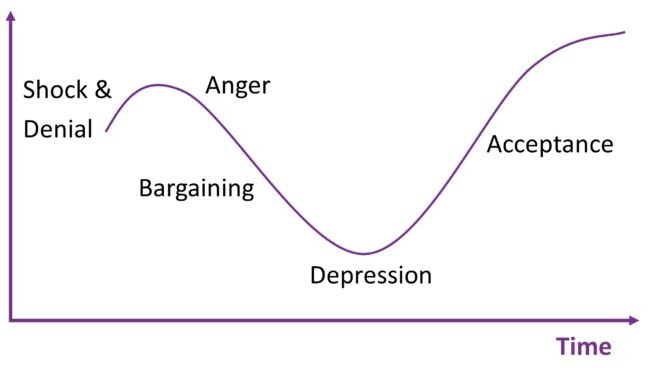











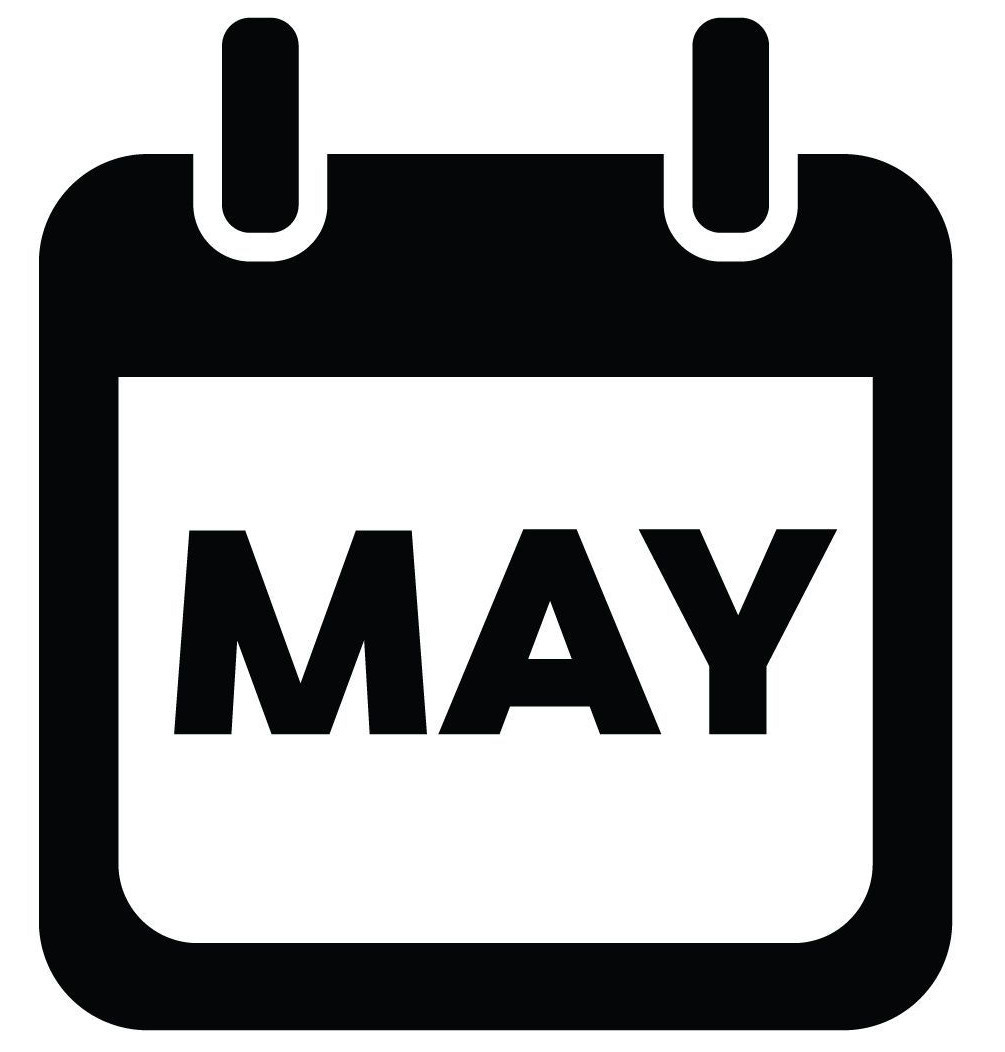
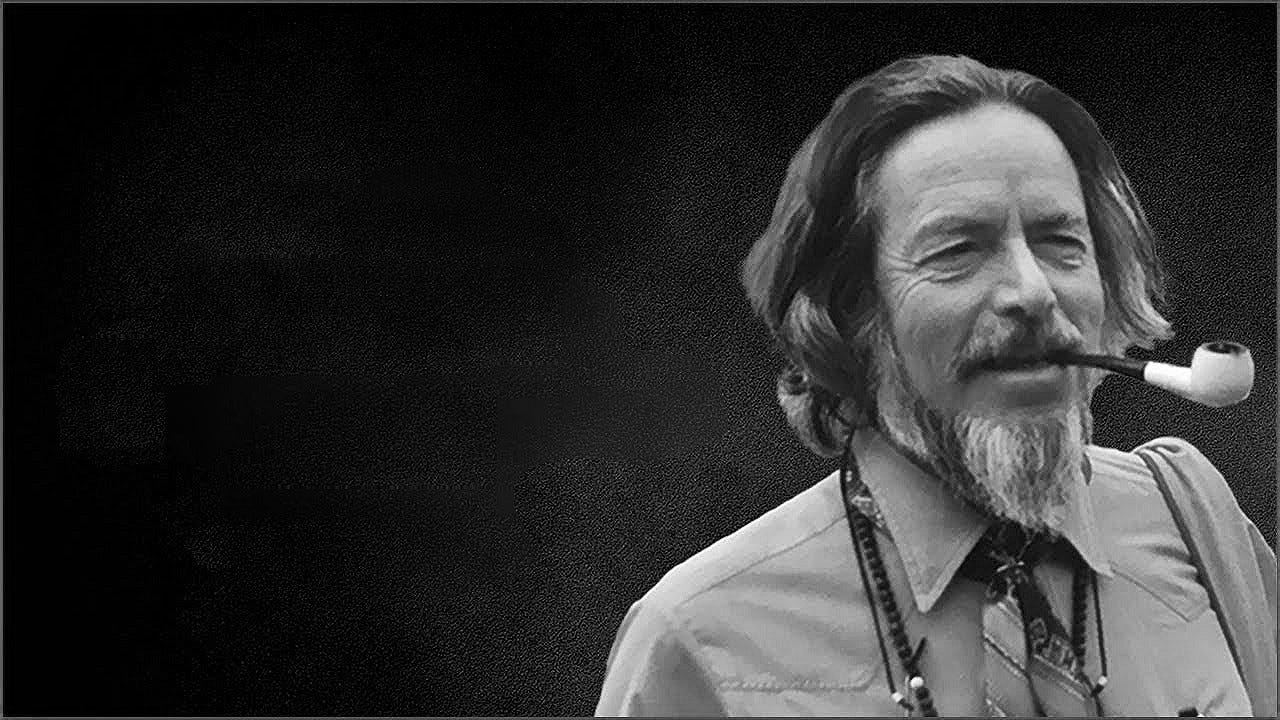

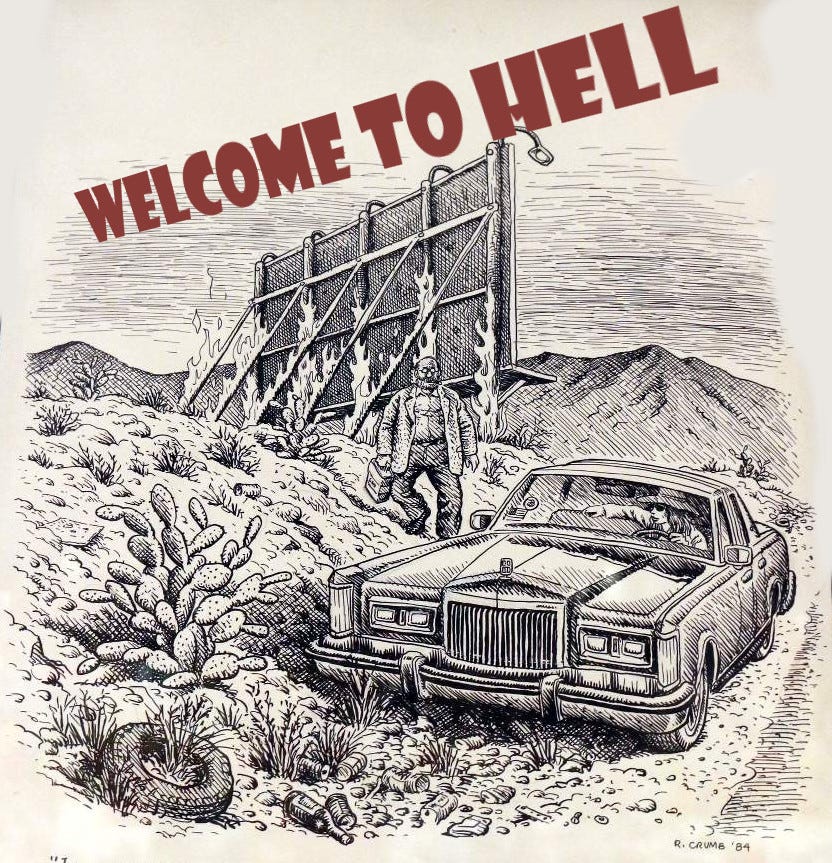
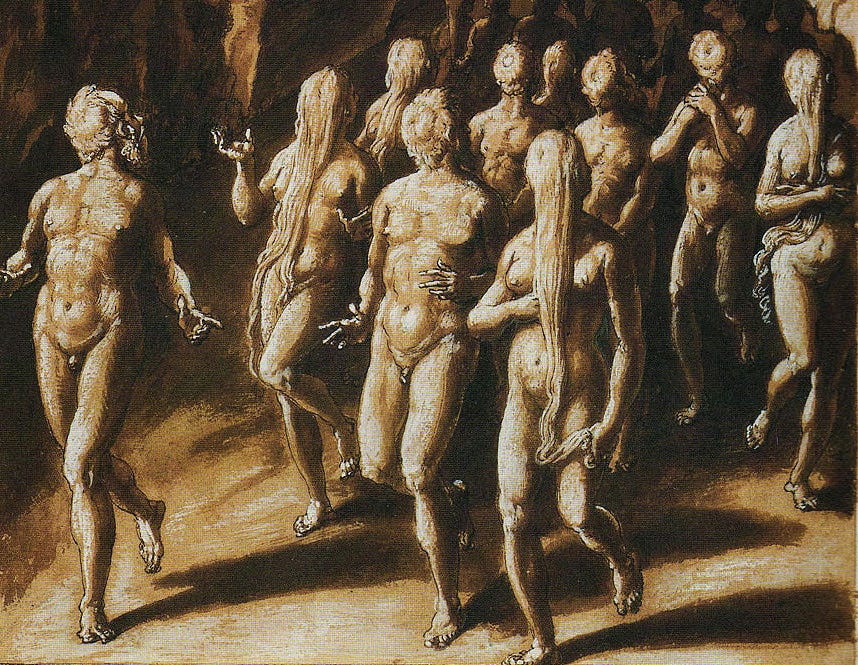



Gosh Bruce, really juicy post!
As usual, I'm just going to jump in and see where the river takes the narrative.
I think you said that you had abandoned hope. Good! If you are living in "hope", the subtext is the stream of "now is not good enough". For myself, I feel that I am far from "I am", or even "I can do" - in my day to day path, I aspire to be attentive, and feel that everything can flow out of that.
But connections and glue are wonderful. My late wife and I did not have many friends in Atlanta, but now in Santa Fe, my partner has many, many friends, so my circle is much wider. Fun in good times and supportive when events are challenging.
A theme you seemingly returned to again and again was "attention" - yep, yep, yep.
I am reminded of the martial arts master who never explained anything about a technique, the attentive student was supposed to learn everything by attention. There is most definitely similar styles by many spiritual teachers. I think Reshad said that close attention must be maintained to learn the path, and this is highlighted in several Idries Shah sufi stories.
So, really paying attention to what is in front of us brings a number of benefits.
One is not so lost in the thought stream so much. Yeah, there are thoughts, but guess what? 99/99% of the thoughts are "I like this, I dion't like that". And that leads to another attention, one of the "stream". (Man oh man, I so desperately want to say 'Second Attention' essh!). And I know darn sure that certain events have happened only because I was paying attention.
So yeah, in the 70s and 80s I read and reread all of the Carlos books, they just made so much sense as a path, where for me at that time, I really wasn't a fan of Buddhism then. And in the early 00s, I found the "Sustained Action" online forum and saw the dedication these folks had, and how over time they realized that Carlos was scamming everyone. But his malfunction was oh so typical. Just like many sexual abusers, he was charming to everyone. His dark side was reserved for former fucks. The pain he imparted was known to the community of course.
Carlos did appear to have one siddhi. As the Sustained Action people noted several times, Carlos could enter the dreams of many of the group, time and time again. But of course, that is a minor power for real masters.
Funny that you mention Reshad - I just saw the Youtube German talk he gave, and the feeling I got was of a desperate man, desperate to be "the knower" and intent of showing that others were not.
So on we all go........